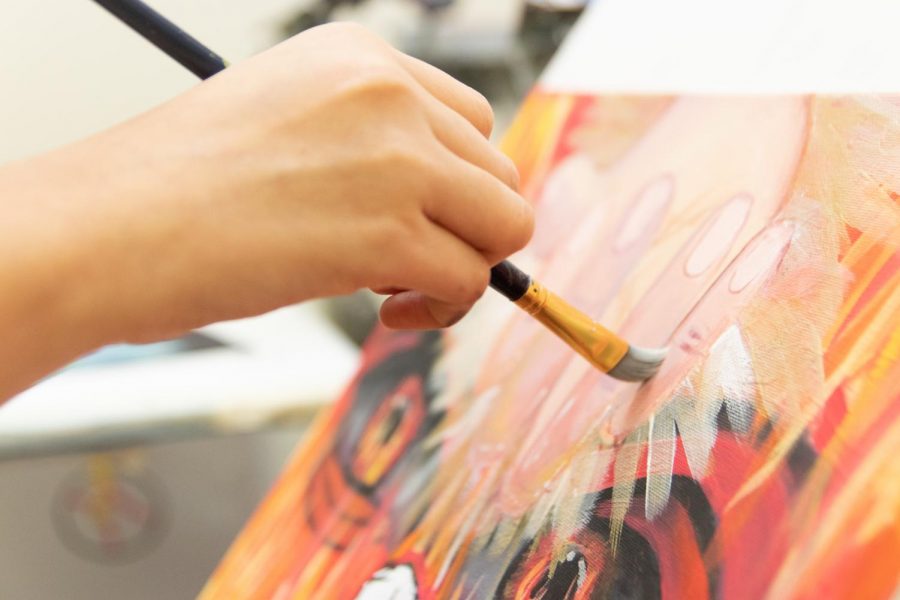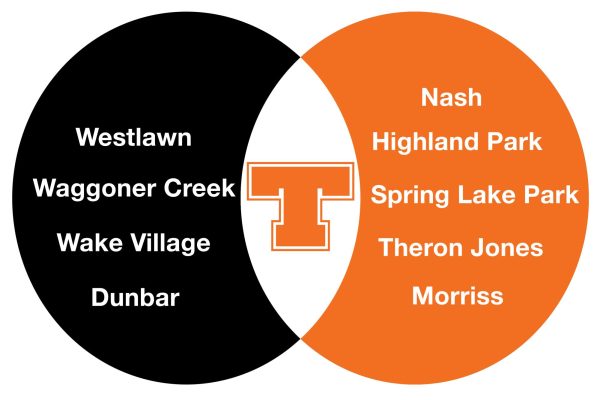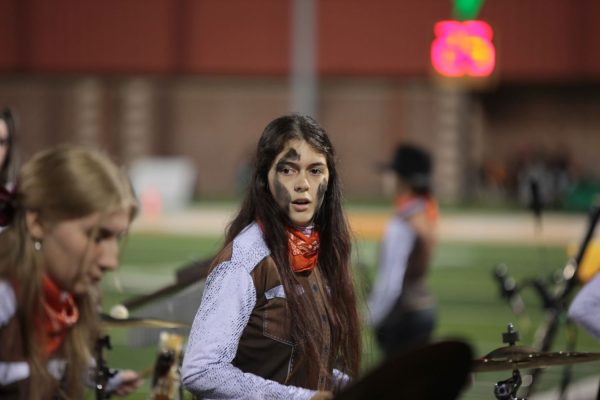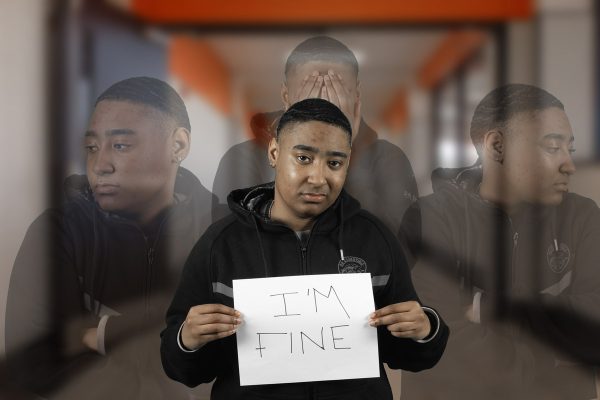Pictures worth painting
Arts and Humanities students suffer under STEM stigma
November 2, 2018
Kids are encouraged to become astronauts and engineers, to work on trains and aircrafts and spaceships. Those ambitions are spoon-fed to every student with an academic intelligence. When China started to surpass the United States in the 1990s and began to take the hold in their burgeoning power struggle, statistics about engineers in China to the U.S. began to fuel the fire in America’s initiative to produce more engineers.
When I became aware of what what was happening, adults would cement these ideologies wherever discussions about careers emerged: “Engineers make money. Scientists make money. There’s money in Computer Science.”
I did not, in my youth, have the range of context to understand the ways in which our social stigma about science, technology, engineering and math negatively influenced our ideas about the humanities or the reasons by which they manifest.
Though the number of mathematicians and scientists have increased greatly to take on a necessary burden of credible work, the lasting damage to the reputation and legitimacy of the arts goes overlooked and ignored.
In 2017, Trump cut the funding of the National Endowment for the Arts and the National Endowment for the Humanities to zero, which show the swelling signs of war on the less “scientific” or “serious” branches of academia. However, I challenge the notion that the arts and the humanities are any less legitimate or cerebral than the work of physicists or chemists.
Imagine that for a month you must go without the work of artists, filmmakers, musicians or writers. No more art. No more Starry Night or Mona Lisa. There would be no more news. No more movies. No more music to listen to when you go jogging or settle down for the night. No more national anthems. No more “Harry Potter” or “Game of Thrones” or “Star Wars” or Marvel. Like black coffee, you would be facing the bold inclemency of life, and for that there is only one salve: art.
One reason that gives American culture the power to silence the arts is the level of pretense in its work. At times, art can take itself too seriously, and the number of people with whom it resonates sharply decreases. Because the majority of the population isn’t refined enough to understand the objective of art like this — Banksy, Damien Hirst, Chris Ofili — and because the majority of the public does not seek to understand it, art is condemned to infanticide, unable to self-advocate against the greed machines that turn the world.
Students are pressured into taking STEM classes by cultural attitudes about what a meaningful contribution should look like. Because we don’t require the students who show an aptitude for STEM to take art classes, the art kids who are pressured to take STEM classes are reminded that their contributions are seen as less meaningful. — Craig Crawford
Because of this cultural bullying, the artists that survive are survivors. The students taking arts and humanities classes want to be there. What results is a degree of competition in these fields — music, film, journalism, poetry — that brings up the individual quality of its competitors.
Artists certainly didn’t end up in their profession because of the money. The struggle to find a stable job is one of the most pressing challenges that artists face. Why would someone consign themselves to a career wrought with the hardships of both limited and unstable pay? Perhaps it comes as a surprise that there is more than one valuable way to live and view life.
The idea that prosperity is a prize for the rich or the comfortable propagates a shallow and fearful perception of the world. This train of thought comes from a station of valuing immediate benefit over long-term investment. In psychology, this kind of thinking is known as scarcity mindset. It seems like the prioritization of careers that reward money and station over thoughtful contributions to one’s lifelong need to self-actualize.
This isn’t to say that the doctor, the biologist or the businessman are any less valid or noble than the values and ideas presented in the arts or the humanities. The NFL players who go on to spend their millions of dollars in efforts to feed the poor, for women’s rights or for cancer are examples for the ways that we can use our abundances to do well and succeed in life. Think of people like Andrew Carnegie, Bill Gates or Oprah Winfrey.
However, the emphasis on money as the only doorway to a meaningful life — as most view the STEM pathway — harms and diminishes the dream and aspirations of the people, especially the students, who see life in different terms. And yet, these two outlooks on life do not have to contradict each other, and the jobs of educators and parents should be to teach this to students.
Groundbreaking physicist Albert Einstein said, “I see my life in terms of music.” Einstein did not stop playing his violin once in his life. In fact, Einstein served as the vice president of the Princeton Symphony from 1952 until his death in 1953.
This is the case for the arts: the arts and the humanities are as worthy and noble of pursuit as any other discipline. Students who excel at math and science normally exhibit a correlation for talent in the arts. Art, music, poetry, film, philosophy, language: this is what we stay alive for. There are pictures worth painting, and we must continue to paint them.




















